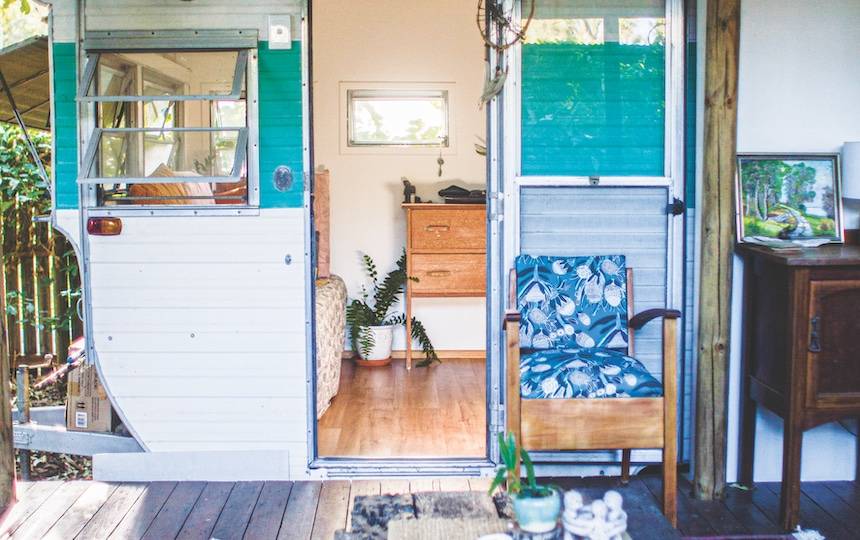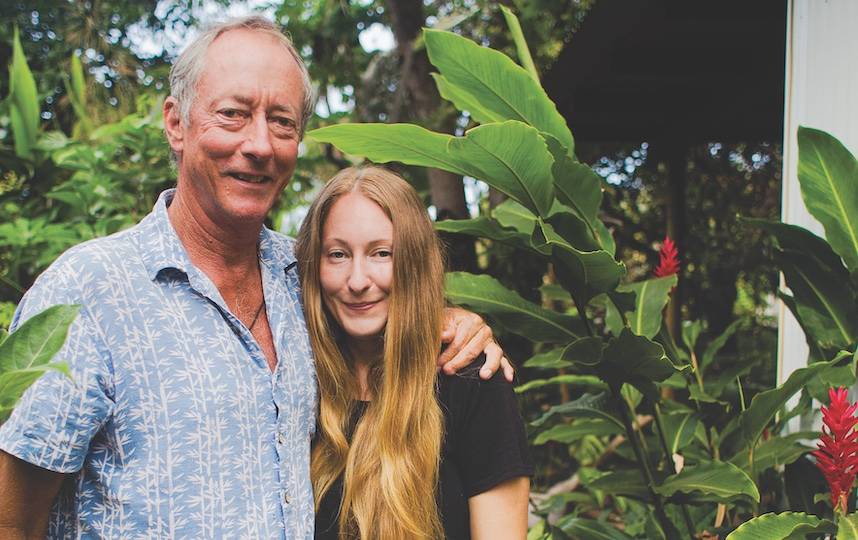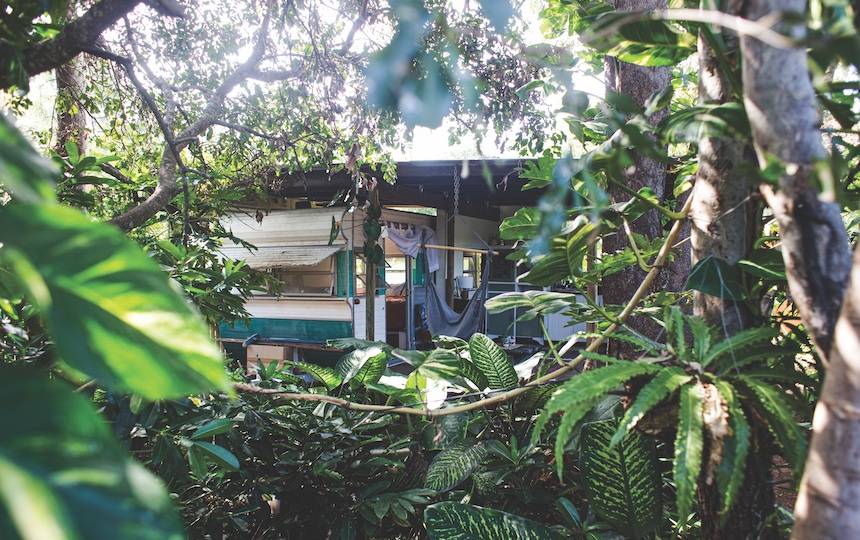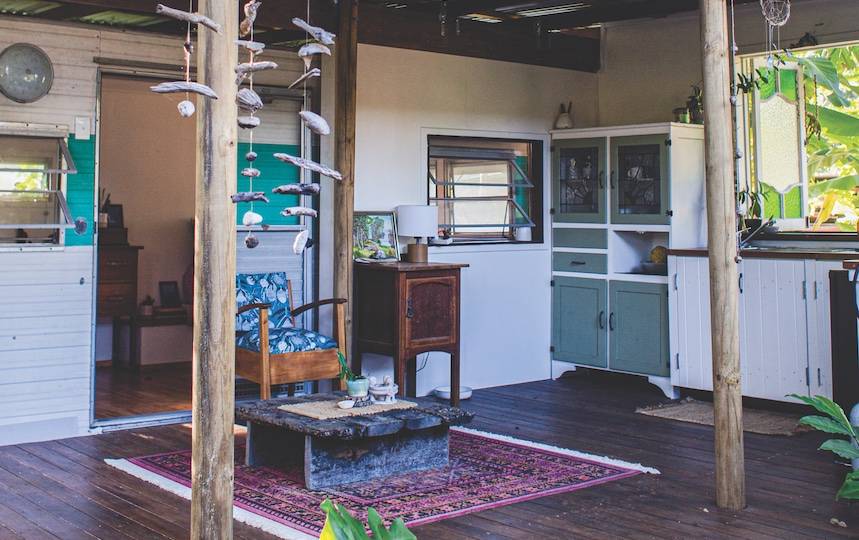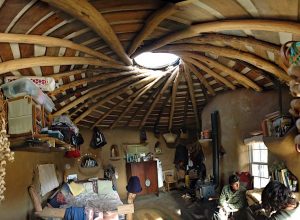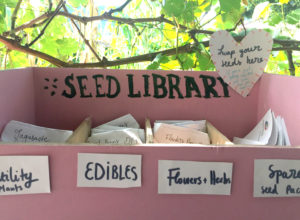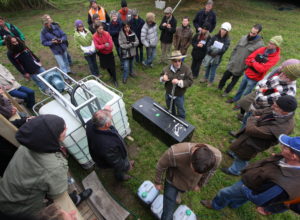For a yoga teacher with a passion for permaculture, building an off grid tiny house from recycled materials became the perfect way to connect with her family and community.
Thirty-one-year-old Jess Hay grew up near Townsville, Queensland, with a large vegetable patch, free-range chickens and plenty of homegrown tropical fruits. But it wasn’t until she spent time living abroad at the end of high school that she became interested in permaculture.
“I was living in the south of France 12 years ago with a retired couple who had created a permaculture food forest,” explains Jess. “There were 10 or so houses that specialised in growing different foods and they all bartered with each other to sustain themselves. It was very inspiring.”
Eight years later, when her parents moved back to her father’s hometown on Magnetic Island, Jess began to see how she too could live a permaculture-inspired lifestyle. She just had to think small to get big results.
The design of Jess’ tiny home
After years spent daydreaming about living a simpler lifestyle in an off grid tiny house, Jess decided to talk to her parents about the possibility of putting a small vintage caravan on their Magnetic Island property. But her dad Morrie, who had built their home on the island, had other ideas.
“The plans quickly evolved from having a small caravan to building a tiny home,” Jess says. “We sketched out the entire plan over a couple of hours. He made suggestions based on his building experience, and I changed them to suit my permaculture knowledge and goals.”
Jess’ final design features a vintage 16-foot caravan as her bedroom, parked alongside a raised deck and living room/kitchen. Because the built structure is so small, there was no need to apply for council permission. The positioning of the home and its features were dictated by Jess’ garden design and the resources she hoped to utilise, like rainwater, sunlight and shade.
What materials were used in the build?
Building a home with new materials is expensive and resource-intensive, and when building on an island, the cost increases dramatically. Jess’ dad bought over secondhand resources on the island’s car ferry one ute-load at a time to keep his own house affordable and sustainable.
For her tiny home, Jess decided to seek out materials that already existed on the island first. The hard-rubbish collection of kerbside waste proved fruitful.
Want to know more about this tiny home?
In Issue #22 of Pip Magazine, we explore Jess’ tiny house in detail, including:
- The home’s unique rainwater capture set up, and greywater and irrigation systems.
- The sustainable materials Jess used to build her tiny home, including what was used for insulation.
- The home’s solar set up and heat management.
- Plus, the unexcepted upsides of living in a tiny home, including developing a wonderful connection with the community, and allowing Jess the time to cultivate her hobbies like pottery, hiking and gardening.
You can access this article online here as part of our digital subscription offering, or subscribe to the print version of Pip Magazine here.

